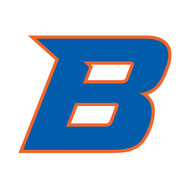Misaki's Journal
(View Complete Item Description)Misaki's Journal is a Graded Reader for the Novice High/Intermediate Low range of Japanese learners. The Journal follows Misaki Kondo, a high schooler from Tokyo. There are eight entries in total, each has pictures and interactive materials. Please view the Authentic-Like Interactive Materials subfolder for links to those items. The Teacher's Notebook subfolder also includes the guide on how to use the reader for classroom use.
Material Type: Homework/Assignment, Reading




















